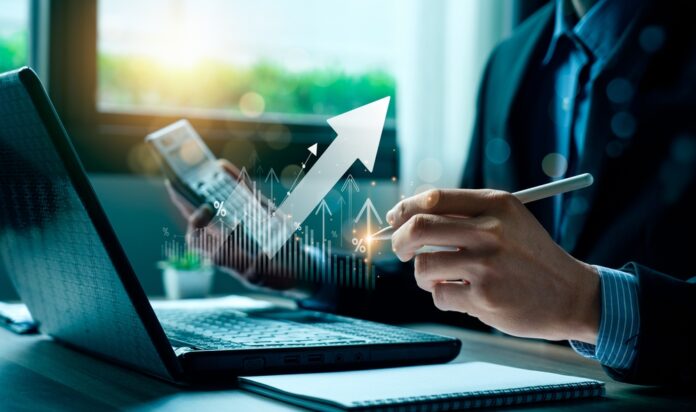Learning about backtesting will give you the option of discovering a powerful tool for testing your strategy in the world of trading. In this way, you will be able to improve the results of your operation, such as reducing risk and profitability.
Backtesting uses information from the past to predict possible future results. For this reason, we will tell you more about this software, so that you can use it before modifying your strategy or implementing a new one.
Read on and find out what backtesting is, how it works, the different types and where you can use this tool.
What is backtesting?
It is a tool that works to test the effectiveness of a strategy in the world of trading before it is implemented. This kind of software makes use of historical information, that is, data on the price movements of an asset; the objective of this is to be able to simulate the scenario that would have happened in terms of buying, selling and profitability when using that specific strategy.
It is one of the most useful tools for traders, as it allows you to know how effective the strategy would have been. The advantage is that it can be verified with real data from the past; therefore, there are enormous possibilities of replicating the results, if they turn out to be positive.
How does backtesting work?
Traders rely on backtesting in order to test different strategies or trading styles without having to risk money, something very similar to what happens with paper trading. For this reason, it is an excellent way to anticipate the probable result of the operation that is planned to be carried out. Similarly, it will serve as part of the process either to create or improve the strategy.
The main approach in backtesting is essentially that if a strategy performed poorly in the past, it is very unlikely to perform adequately in the future. The same is true in the opposite case: if a strategy has performed well in the past, there is a good chance that the same will happen in the future.
It is important to define the criteria to be analyzed prior to doing a backtesting. This means that it must be established whether you want to analyze profitability at a general level, by operation; number of losses or level of risk, to mention some criteria.
Types of Backtesting
There are two ways of doing backtesting; these basically depend on the way they are implemented.
Below we present the two types of backtesting that exist:
Manual backtesting
This type of backtesting requires a lot of work because no software is used to carry it out. It consists of using historical data from a trading platform and analyzing it. Although experience is needed, starting with this type of backtesting can be very useful to become familiar with the price movements of the assets and the probable results that decisions could have when trading.
Automatic backtesting
If at any time you plan to try out different strategies or a large number of modifications within those you already have, the best option is to make use of automatic backtesting. This is possible because this software can analyze an enormous amount of information in short periods of time. In this way, the testing work will be simpler and it will be possible to check more quickly how effective the strategies are likely to be.
Why do backtesting?
It can be of great help in confirming the probability of success of the strategy. Although it is a tool that many consider for beginners, experienced traders can also benefit from this software. It is vital to consider that the market is constantly changing, as are the financial situation and needs, so whenever there is a change in strategy, it is highly advisable to test it with backtesting or a trading simulator.
Where to do backtesting?
Depending on the type of financial market you want to operate in, there are a large number of platforms that provide tools such as backtesting or simulators.
It is important to understand that, although backtesting is an excellent option for checking the results of the strategy, there is no guarantee of one hundred percent effectiveness. The market is in constant motion and can be affected by different factors. Therefore, it is advisable to apply risk management to limit the risk of loss.
Backtesting vs. Paper Trading
Now that we have a general idea of what backtesting is and we have explored a simple investment strategy, we also know that past performance is no guarantee of future results.
So how can we optimize a systematic strategy for current market conditions? One option is to test it in a live environment without risking real money, which is known as paper trading or forward performance testing.
Paper trading consists of simulating a strategy in a real-time trading environment. Although the operations are recorded and analyzed, no real funds are used. This allows the performance of the strategy to be evaluated and improvements to be made before it is applied in the market with real money.
However, you have to be careful about cherry-picking, that is, selecting only the data that confirms a personal bias. The purpose of paper trading is to evaluate the strategy objectively, as if you were trading in real time. If the system indicates a trade, it is important to execute it rather than choosing only those that “look good”. Otherwise, the test will not be valid and could give a false sense of effectiveness.
Conclusion
It is important to approach backtesting with caution and to recognize its possible limitations. Historical data is unlikely to be a perfect reflection of future market conditions, and the assumptions made during the process should be examined carefully. It should be used as a complementary tool, together with other forms of analysis, whether technical or fundamental, as well as good risk management, to improve both strategies and decision-making.



